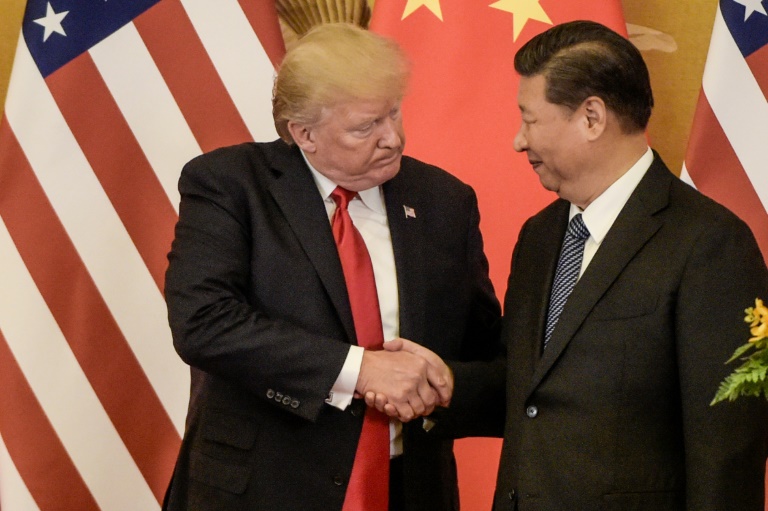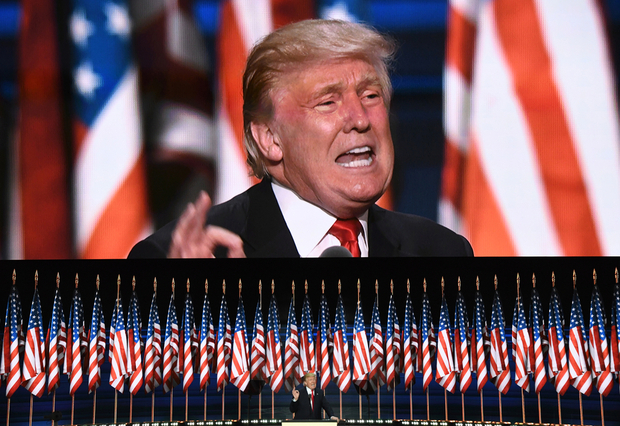U.S. President Donald J. Trump on Friday announced tariffs of 25 percent targeting tens of billions in Chinese imports, sparking immediate retaliation from Beijing and bringing the world’s two largest economies to the brink of an all-out trade war feared by markets and industry.
Making good on a pledge to punish the alleged theft of American intellectual property, Trump warned in a statement of “additional tariffs” if China hits back with tit-for-tat duties on American goods and services exports.
At least initially, though, the new tariffs will not cover the full $50 billion in trade that the White House had threatened in March.
U.S. Trade Representative Robert Lighthizer said Friday the United States would begin collecting duties on 818 Chinese imports valued at $34 billion as of July 6.
A second tranche of 284 goods valued at $16 billion — which would bring the total to $50 billion — will undergo an additional process of review and public comment, according to the trade representative’s office.
“The United States can no longer tolerate losing our technology and intellectual property through unfair economic practices,” Trump said in the statement. “These tariffs are essential to preventing further unfair transfers of American technology and intellectual property to China, which will protect American jobs.”
China responded swiftly, saying it has imposed “equal” tariffs on U.S. products.
“We will immediately launch tax measures of equal scale and equal strength,” the Ministry of Commerce said in a statement on its web site which also called on other countries to “take collective action” against this “outdated and backwards behavior.”
JUST IN: President Trump approves implementing what White House says will be a 25% tariff on $50B of goods from China that contain industrially significant technologies, and "will pursue additional tariffs if China engages in retaliatory measures." https://t.co/ASOlwN9twk pic.twitter.com/wbw7HxAEli
— NBC News (@NBCNews) June 15, 2018
Confrontation with Key Partners
The announcement caps months of sometimes fraught shuttle diplomacy between Washington and Beijing, in which Chinese offers to purchase more U.S. goods failed to assuage Trump’s grievances over the soaring U.S.-China trade imbalance and Beijing’s industrial development policies.
But Trump’s China trade offensive is only one side of his multi-front confrontation with all major U.S. economic partners.
Trump outraged Canadian, Mexican and European leaders last month by imposing punishing tariffs on imports of steel and aluminum to protect American producers from allegedly unfair competition.
U.S. officials say Beijing has sought industrial dominance in the emerging technologies through the theft of American know-how through forced technology transfers, hacking and other forms industrial espionage.
The release of goods lists also comes after jockeying by American companies dependent on certain imports who sought exemptions for certain goods — a process that is due to continue with the second, $16 billion tranche of Chinese imports.
The trade representative’s office acknowledged public concern that the tariffs list could raise prices for consumers.
“The list does not include goods commonly purchased by American consumers such as cellular telephones or televisions,” the office said.





















